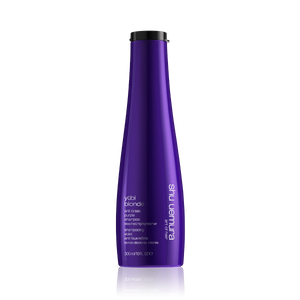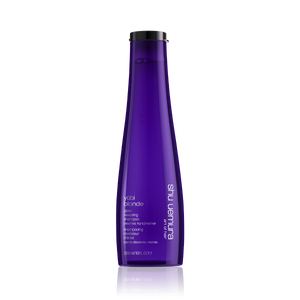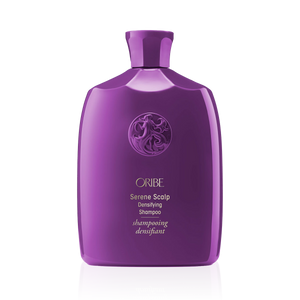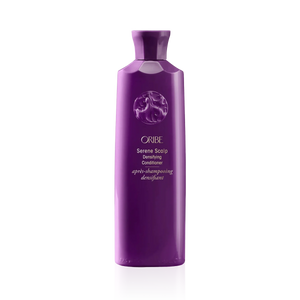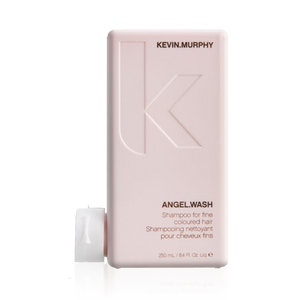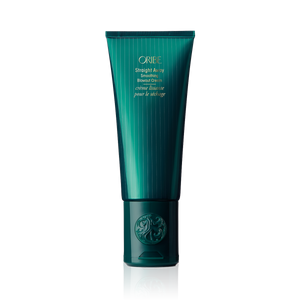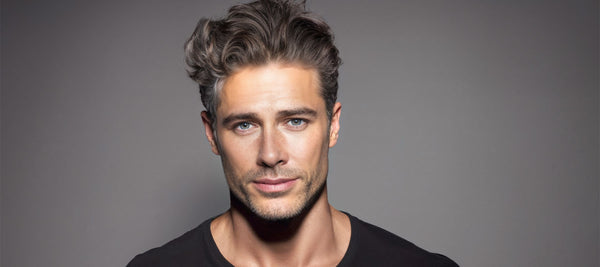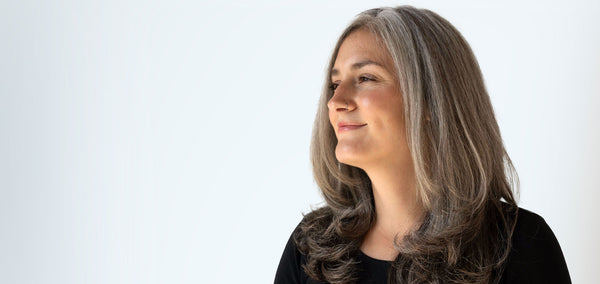The great grey hair debate: Should you embrace it or conceal it?
When those first silver strands appear, you've got a decision to make.
Should you let them grow until you've got a full mane of greys, or cover them up with colour and preserve your youthful look?
There's no right or wrong answer to this question, of course, but there are a few factors you might want to think about when deciding whether to let nature take its course or get some help from a colourist.
“Grey hair isn't necessarily for everyone,” says Paul Edmonds. “Some people look fabulous, for instance, if they've got thick black hair with a good distribution of grey, it can look beautiful. But for some people, it can be quite ageing.”
If you’ve been blessed with a sexy salt-and-pepper shade, why wouldn’t you let it shine? But if you’d rather whisk away white tresses, there are lots of options to create natural-looking colour at any age.
Thanks to modern colouring techniques, it’s easy to subtly conceal or blend away greys, even if you’ve never coloured your hair before.
Here, Paul and colourist Joe talk through what to consider when deciding whether to embrace or disguise grey hair…
Why does hair go grey as we get older?
Hair goes grey when cells in our hair follicles called melanocytes become less active and stop producing melanin, the pigment that gives hair its colour.
“If you look at it under a microscope, it’s completely clear, so there's technically no such thing as grey hair,” Paul says. “There's white hair and normal-coloured hair, but when they lie side by side, those strands look grey.” Redheads, however, “don't normally go grey – they go paler blonde.”
The age at which you start to go grey depends mainly on genetics, meaning if your parents went grey at a young age, you are more likely to as well. Environmental and lifestyle factors, such as poor diet, smoking, chronic stress, UV exposure and pollution, can also play a part.
As for the pattern of greys on the scalp, Paul says, “It varies a lot, but you normally see it in areas that get more sun, meaning the temples and the top of the head.”
The first grey hairs usually start to appear in your 30s and 40s, with more significant greying occurring from 50 onwards, but this also varies a lot.
Benefits of colouring grey hair

Because it’s devoid of pigment, white hair tends to have a drier or rougher texture, particularly for people who have curly hair.
“Adding colour to it actually makes it look less frizzy and gives a bit more of a controlled look,” Paul says, which is an added bonus if you decide to cover your greys.
Colouring your hair when you start to go grey can also help to enhance your complexion.
“At the same time as you lose the melanin out of your hair, the melanin goes out of your skin, so you end up being paler,” Paul explains.
“The hair can end up looking quite icy and cold, but by putting some warmer colour in there, it brightens the hair and also warms up the skin.”
For example, one of his clients’ base colour has gone from chestnut brown to a slate grey shade over time, so she has a coffee tone lowlights applied using the grey blending technique (more on that later).
“The coffee shade softens and warms up the colour and makes her look younger. That's the main thing we’re trying to do: keep it a youthful look.”
Options to conceal grey hair
Every colour appointment at Paul Edmonds London starts with a consultation to discuss the look you want and how it might be achieved while maintaining your hair health.
When it comes to concealing grey hair, our colourists are primarily guided by how much grey hair they will need to colour.
“When someone gets their first 5% to 10% of white hair, we do a camouflaging service, where we go through the hair and individually paint the white strands,” says creative director Joe Savine.
“That's typically for clients who've always had natural hair and want an option to cover the white hair but without the maintenance of having a full colour service.”
For high levels of coverage, we offer three types of grey blending, Joe explains: “What we do is work with the natural hair pattern and add depth where it’s needed so the colour is blended through.”
Choosing from lowlights, comb-on colour or balayage allows the colourist to tailor the amount of coverage, opting to either leave some greys visible or cover them completely.
For 100% grey coverage, you’ll need what’s called a global or root tint, which can be all one colour or enhanced with highlights or balayage for a multidimensional look.
Find out more about grey blending for men.
Products to enhance grey hair
If you do decide to let your grey tresses shine, you’re in good company.
Hollywood leading ladies such as Andie MacDowell, Jamie Lee Curtis and Diane Keaton prove grey hair can be incredibly chic at any age, and let’s not forget silver fox celebrities like George Clooney, Oscar Isaac and Hugh Grant.
But the right products are essential to keep your locks looking healthy.
“I always recommend an anti-brass shampoo and conditioner because white hair can become discoloured due to pollution,” Joe says. “Shu Uemura Yubi Blonde Glow Revealing and Anti Brass ranges work really well.”
To counteract dryness, Paul recommends the Oribe Serene Scalp Densifying range because it “coats the hair and gives it a little bit more control,” as well as Kevin Murphy Angel.Wash shampoo, which is “designed for older hair types.”
And for eradicating frizz, he says: “Oribe have some really great products for smoothing the hair and making it look shiny, like the Moisture & Control range and the Straight Away styling cream.”
Conceal or reveal?
There’s no one-size-fits-all when it comes to grey hair. You could let it grow naturally, cover it up completely, or find a happy medium with the grey blending technique.
Our colourists can help you decide and advise on the best products to keep your silver strands looking sensational.
Discuss your grey blending options with a colour consultation at Paul Edmonds London.

